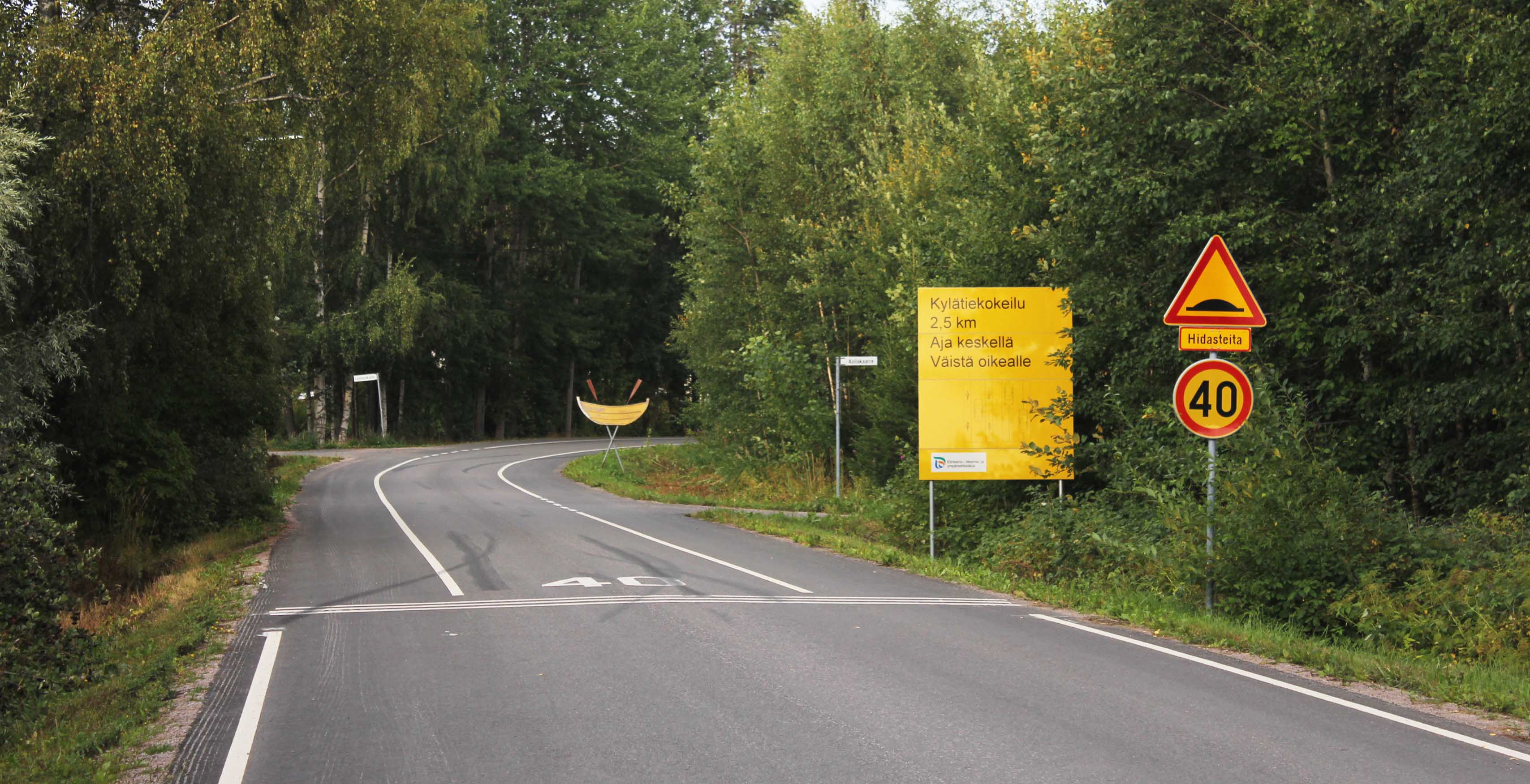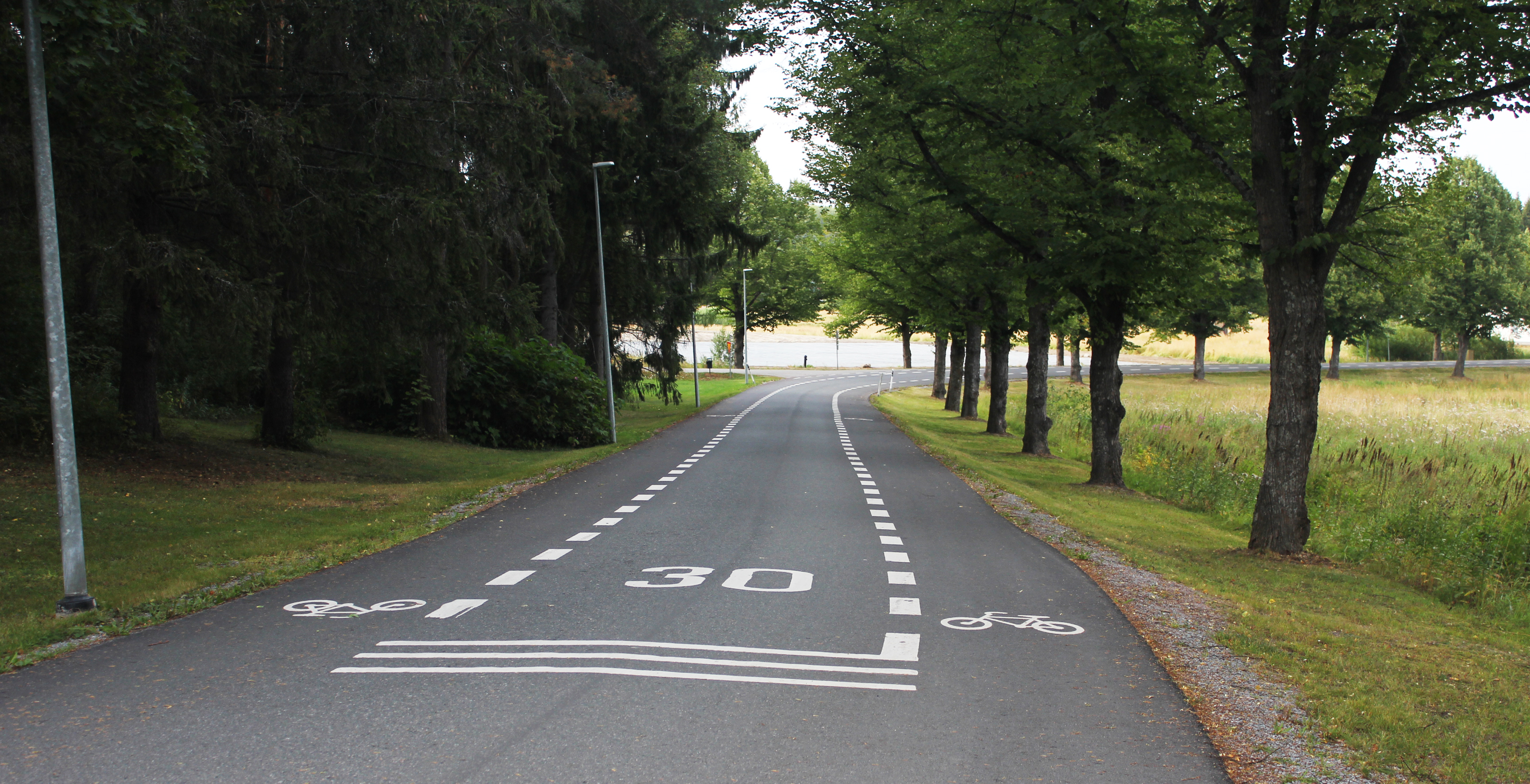Both of Hattula’s village road trials started in the late summer of 2018; the trial on Sattulantie Road commenced first, and the trial on Pappilanniementie Road followed soon after. The length of the trial stretch is 2.5 kilometres on Sattulantie Road and 500 metres on Pappilanniementie Road. The village roads apply a Dutch model in which the space of one car lane is freed for cyclists and pedestrians to provide them with wider, safer routes on each side of the road while cars have a single lane in the middle. The model is well-suited for roads where motor traffic is not particularly heavy. The traffic solution favours cycling and walking and improves the comfort and safety of transport.

The Sattulantie Road trial was awarded as the best cycling act of 2018 at the Suomi Pyöräilee (Finland Cycles) event. The award criteria included the act’s effectiveness, pleasantness, inventiveness and public nature. The call for the trial rose from the concern for children’s safety on Sattulantie Road. The villagers hope that the Dutch village road model encourages children to travel to school by bicycle or on foot. In addition to increasing the safety of transport, one of the trial’s goals was to decrease unnecessary through-traffic.
In general, the villagers have been satisfied with the new road type. Bicycle traffic increased on the trial roads already within a few weeks after starting the trial, and the amount of through-traffic decreased. The solution was found functional also in the wintertime, even though the road markings were not visible.

The costs of modifying the village roads are reasonable as new road markings are all that is required. On the other hand, a separate bicycle lane would cost ten times as much, and the implementation would take much longer.
“The total planning and implementation costs of the Sattulantie Road project were approximately 150,000 euros. As this was a new arrangement in Finland, we had to consider various matters such as road markings thoroughly,” explains Herkko Jokela, Transport Systems Expert at ELY Centre Uusimaa.
The village road model has been applied elsewhere in Finland as well. For example, a similar road was built in the municipality of Pyhtää.
The Finnish Transport Infrastructure Agency is strongly committed to improving the conditions of cyclists and pedestrians on the state’s routes. The village roads are excellent examples of completely novel approaches to designing road transport, and the experience provided by the trials can be utilised across Finland.
Further reading on the topic:
ELY Centre’s video: Introduction with the Sattula village road
